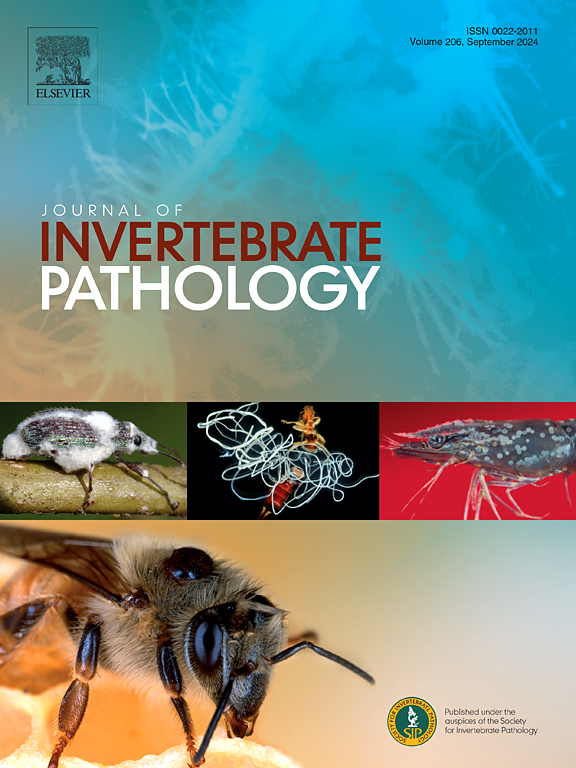Will anomalies in the field of EPN associated-bacteria lead to a new paradigm?
IF 2.4
3区 生物学
Q1 ZOOLOGY
引用次数: 0
Abstract
According to the prevailing monoxenic paradigm, entomopathogenic nematodes (EPNs) form specific association with endosymbiotic bacteria. However, many anomalies have been observed over the last 60 years, with bacterial taxa other than the known endosymbiont isolated in culture-based approaches or detected by next-generation sequencing. We have reconsidered the role of this EPN-associated microbiota — known as the second bacterial circle — in the life-cycle of EPNs. In this review, we present arguments supporting a role for certain taxa in the death of the insect and propose hypotheses concerning other properties of the bacteria involved in their interactions with EPNs. Should these functional hypotheses be confirmed, then the bacterial “anomalies” would no longer be regarded as such. Instead, they would form the basis for the establishment of a new paradigm, the polyxenic paradigm.

EPN相关细菌领域的异常会导致新的范式吗?
根据普遍的单氧模式,昆虫病原线虫(EPNs)与内共生细菌形成特异性关联。然而,在过去的60 年里,已经观察到许多异常,除了已知的内共生体之外,细菌分类群是通过培养方法分离出来的,或者是通过下一代测序检测到的。我们重新考虑了这种epn相关微生物群的作用-被称为第二细菌圈-在epn的生命周期中。在这篇综述中,我们提出了支持某些分类群在昆虫死亡中的作用的论点,并提出了有关细菌与epn相互作用的其他特性的假设。如果这些功能假设得到证实,那么细菌的“异常”将不再被视为异常。相反,它们将构成建立一种新范式的基础,即多种族范式。
本文章由计算机程序翻译,如有差异,请以英文原文为准。
求助全文
约1分钟内获得全文
求助全文
来源期刊
CiteScore
6.10
自引率
5.90%
发文量
94
审稿时长
1 months
期刊介绍:
The Journal of Invertebrate Pathology presents original research articles and notes on the induction and pathogenesis of diseases of invertebrates, including the suppression of diseases in beneficial species, and the use of diseases in controlling undesirable species. In addition, the journal publishes the results of physiological, morphological, genetic, immunological and ecological studies as related to the etiologic agents of diseases of invertebrates.
The Journal of Invertebrate Pathology is the adopted journal of the Society for Invertebrate Pathology, and is available to SIP members at a special reduced price.

 求助内容:
求助内容: 应助结果提醒方式:
应助结果提醒方式:


